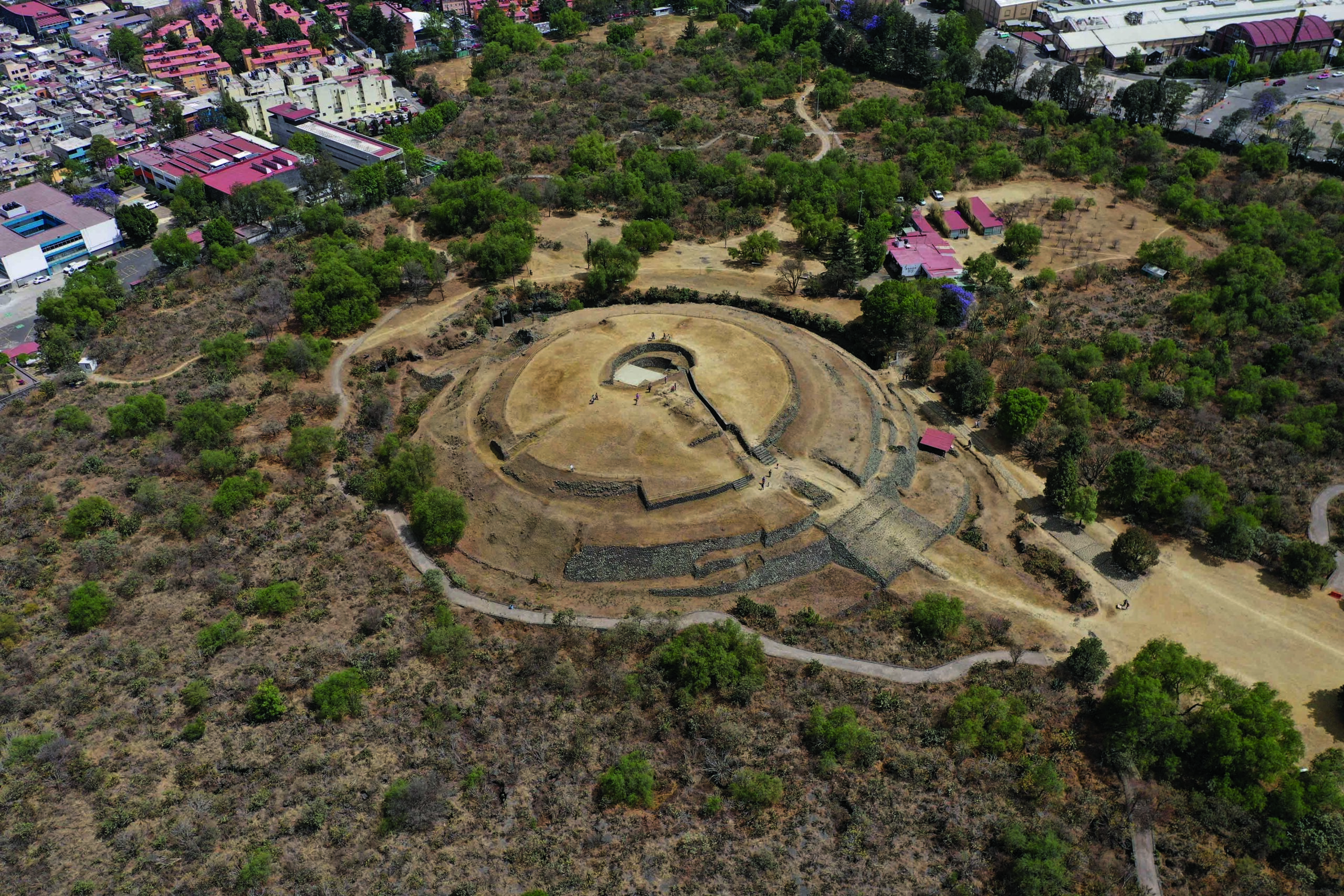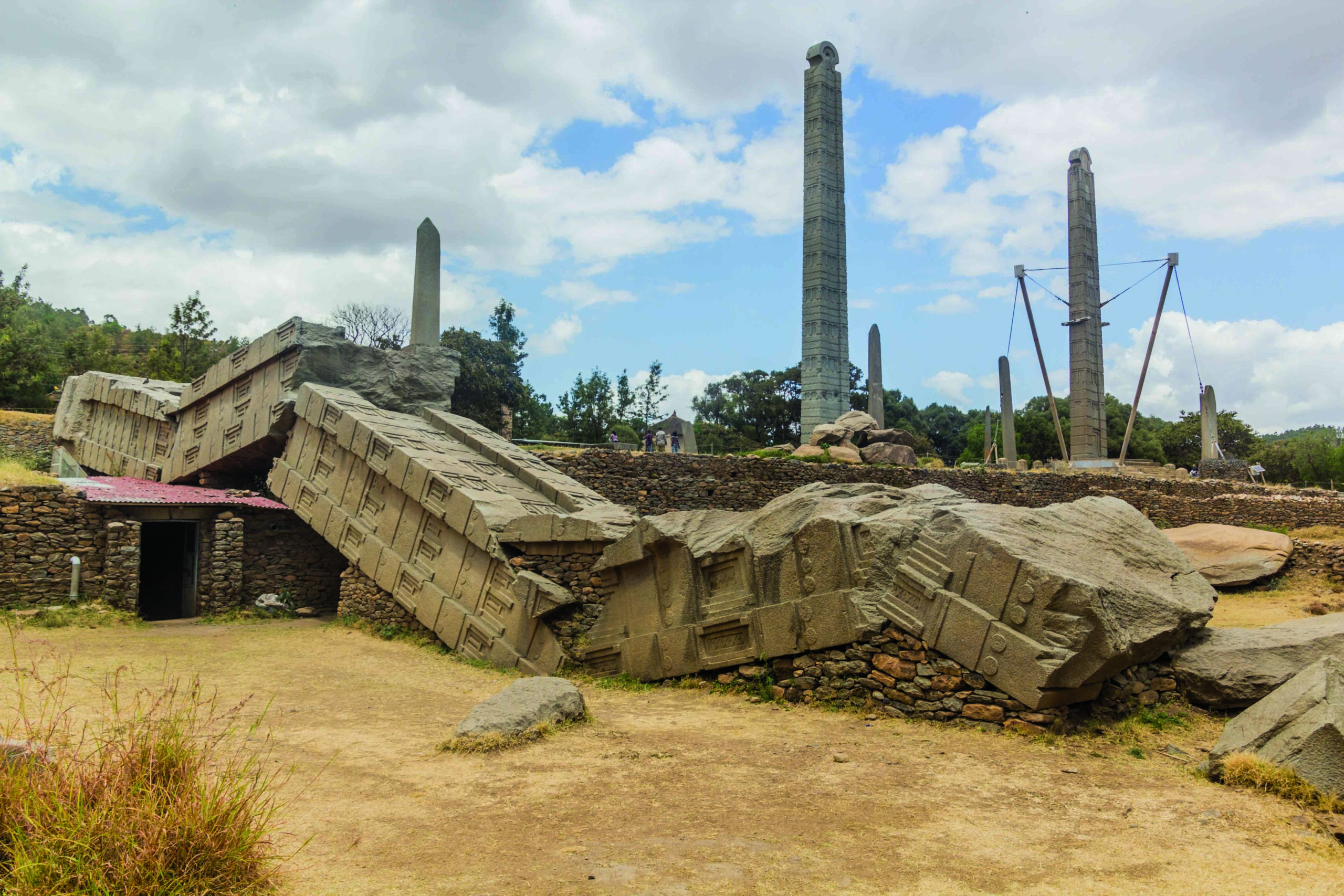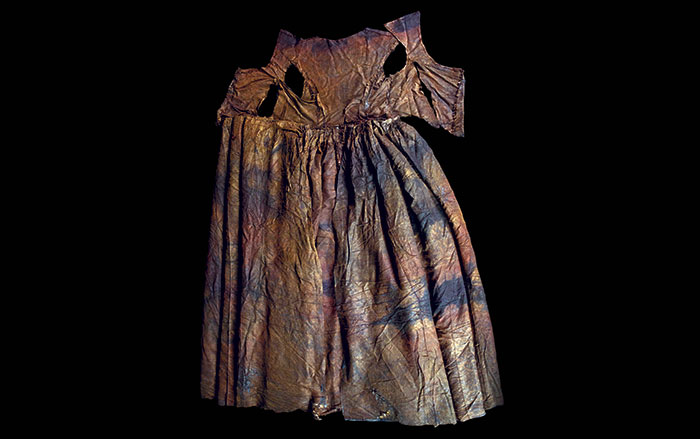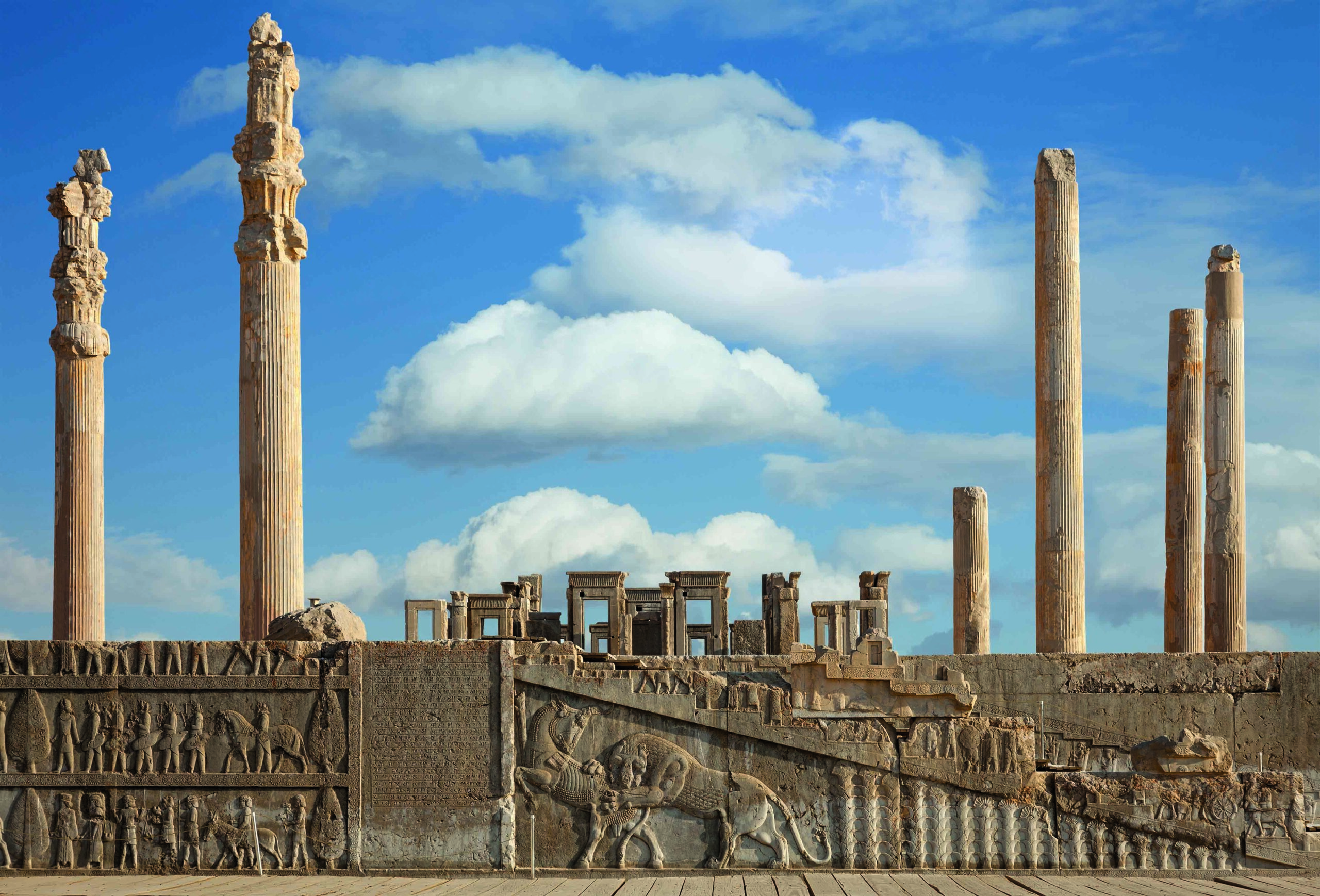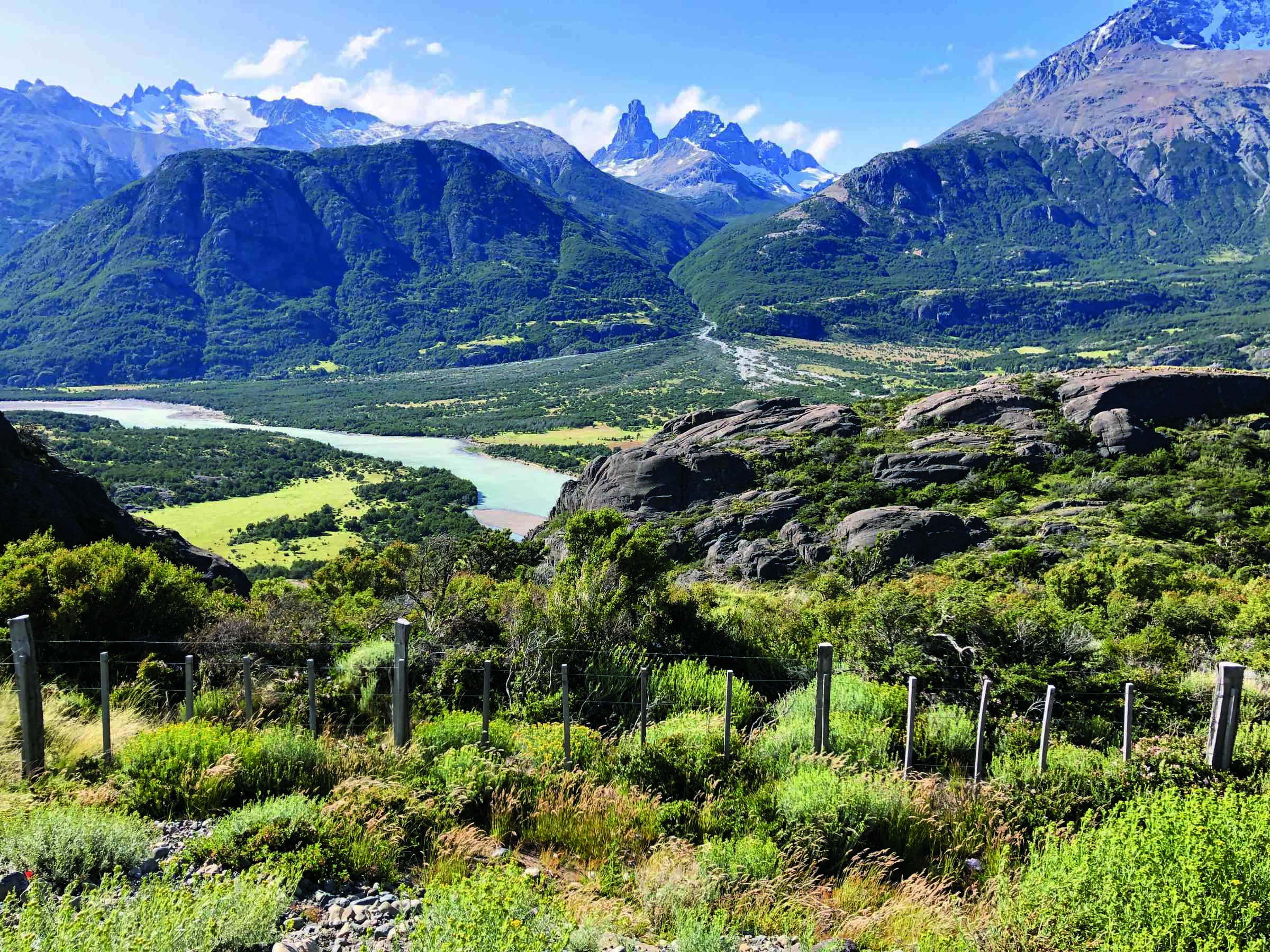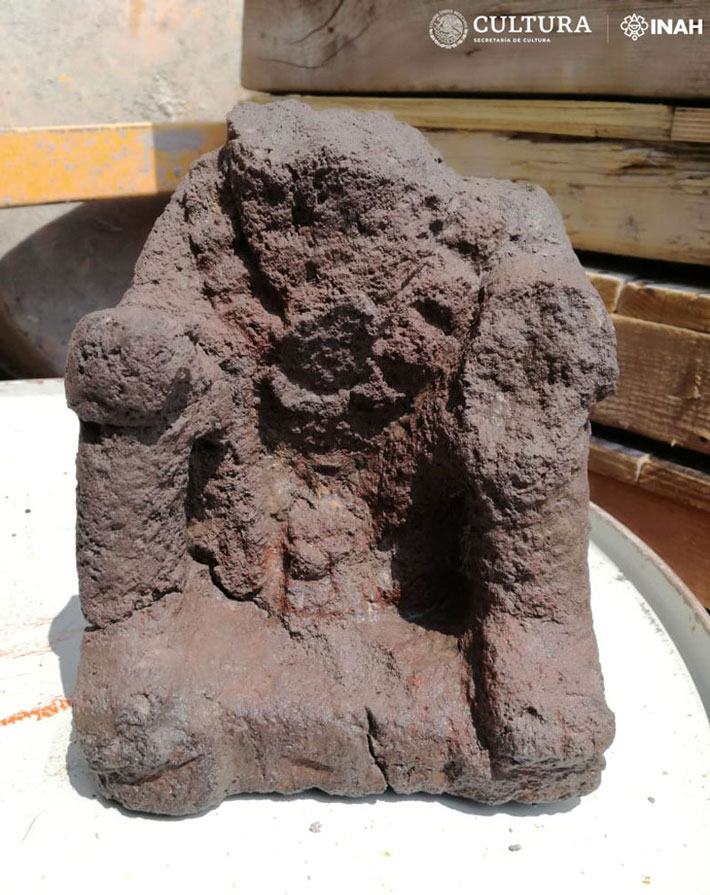
MEXICO CITY, MEXICO—Live Science reports that traces of a village estimated to have been occupied between A.D. 450 and 650 have been found near the center of Mexico City, some 25 miles southwest of the city of Teotihuacan. Researchers from Mexico’s National Institute of History and Anthropology (INAH) uncovered postholes, flooring, channels, ceramics, an artesian well, and several burials. “It shows that 1,300 years ago, the islets inside Lake Texcoco, on which Mexico City was founded [after the lake was drained], already supported a permanent population that took advantage of the resources of the lake environment,” explained INAH archaeologist Juan Carlos Campos-Varela. The study also suggests that the small settlement was home to self-reliant fishers and gatherers who may have supplied the growing city. Chemical analysis of the newly uncovered ceramics could offer more information about possible trade ties to Teotihuacan. To read about a spider monkey brought to Teotihuacan as an exotic gift, go to "Maya Monkey Diplomacy."


